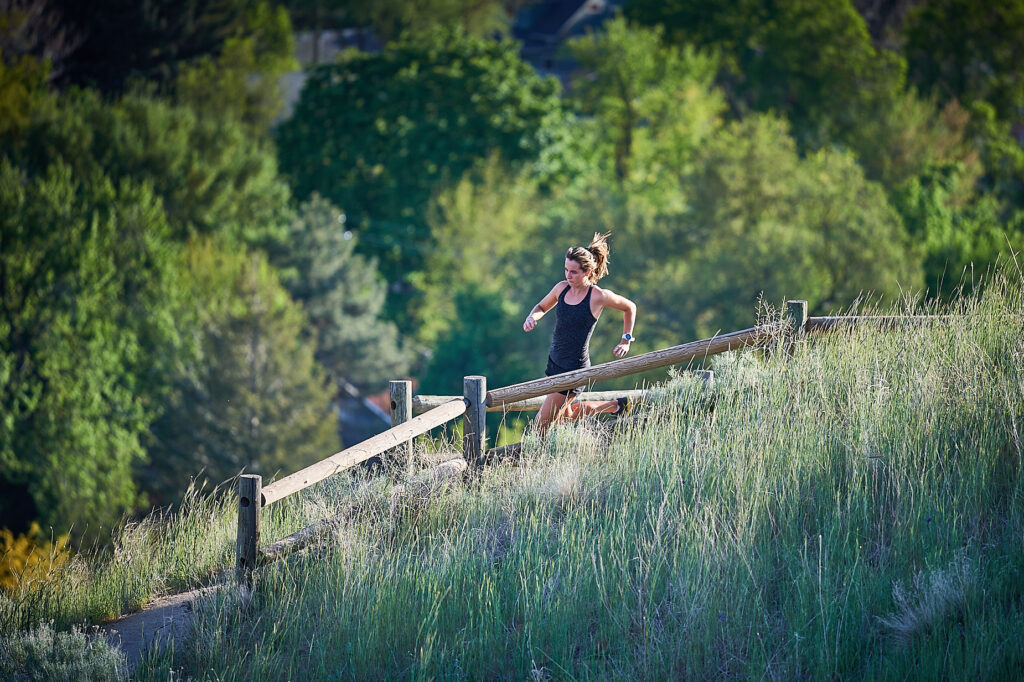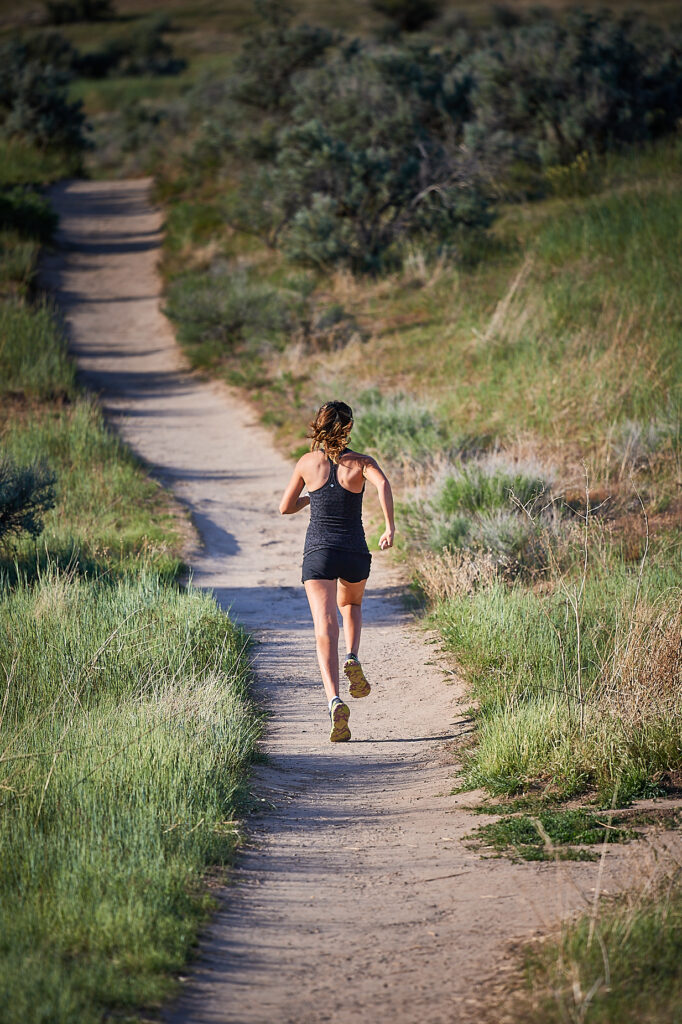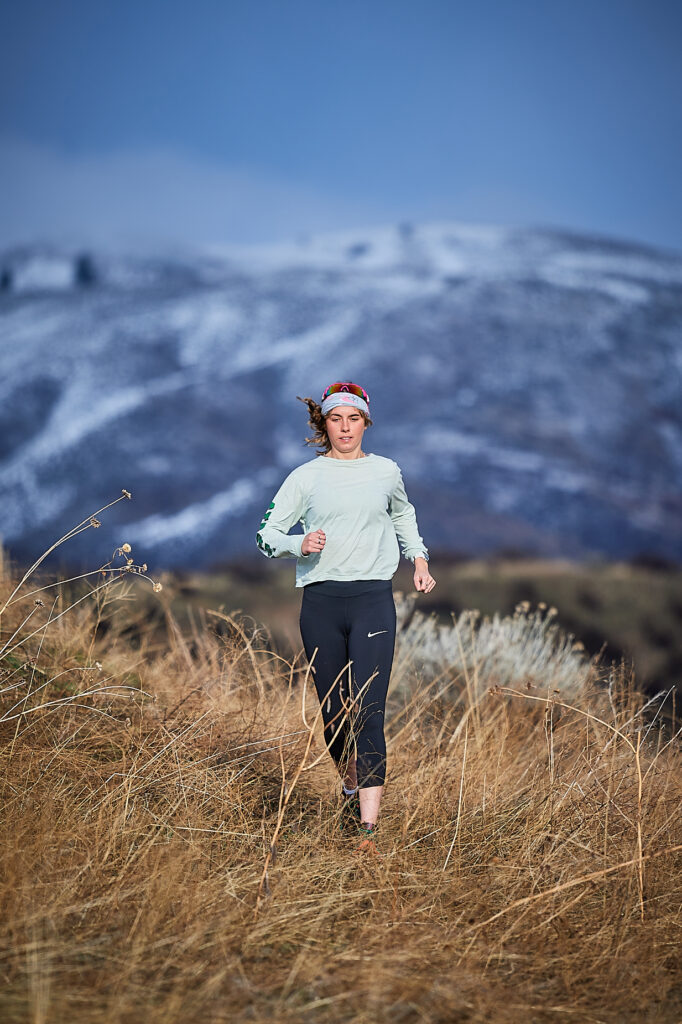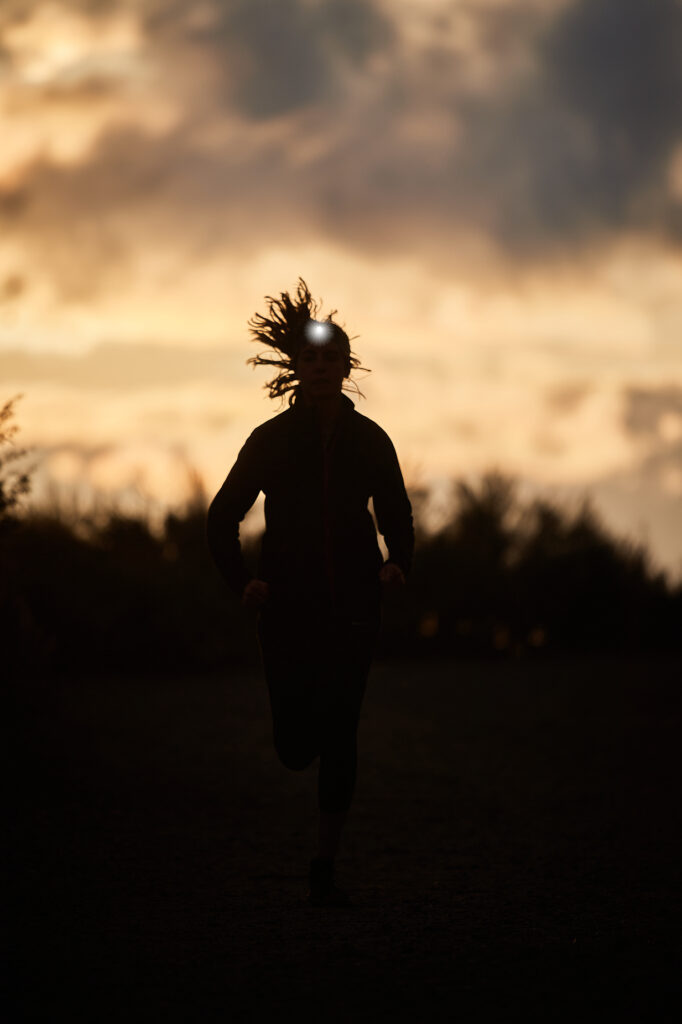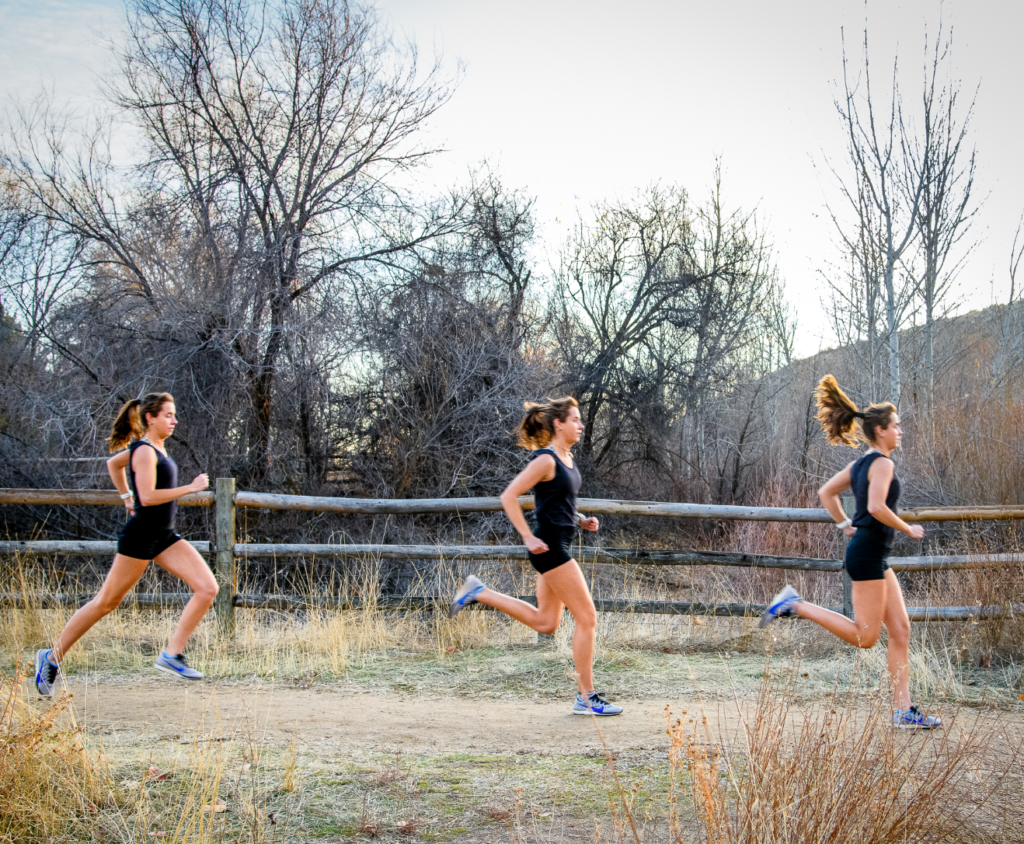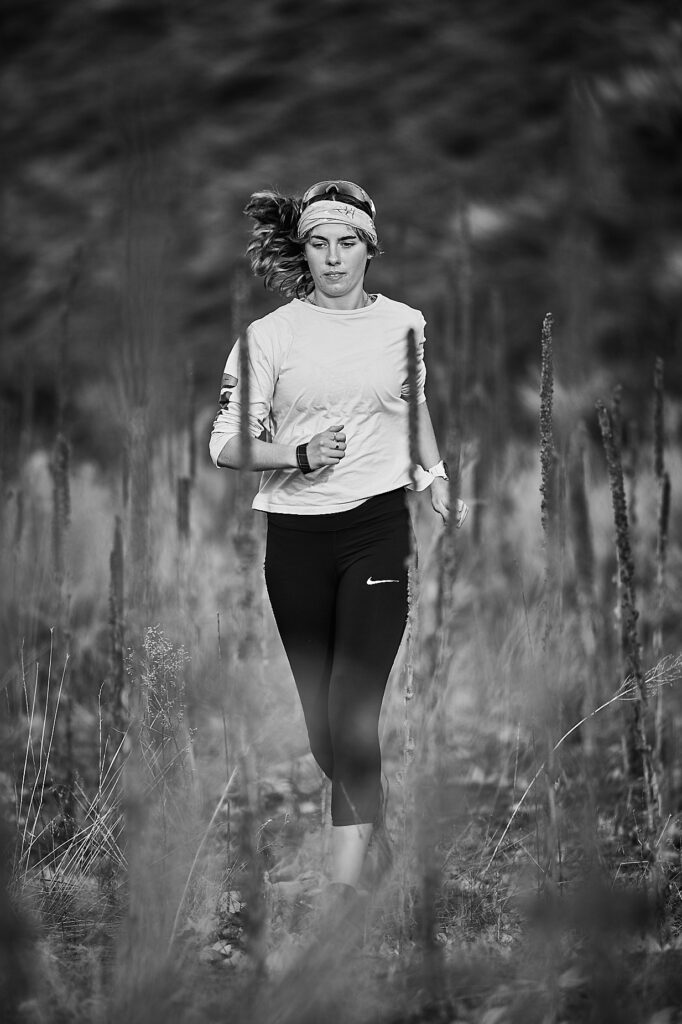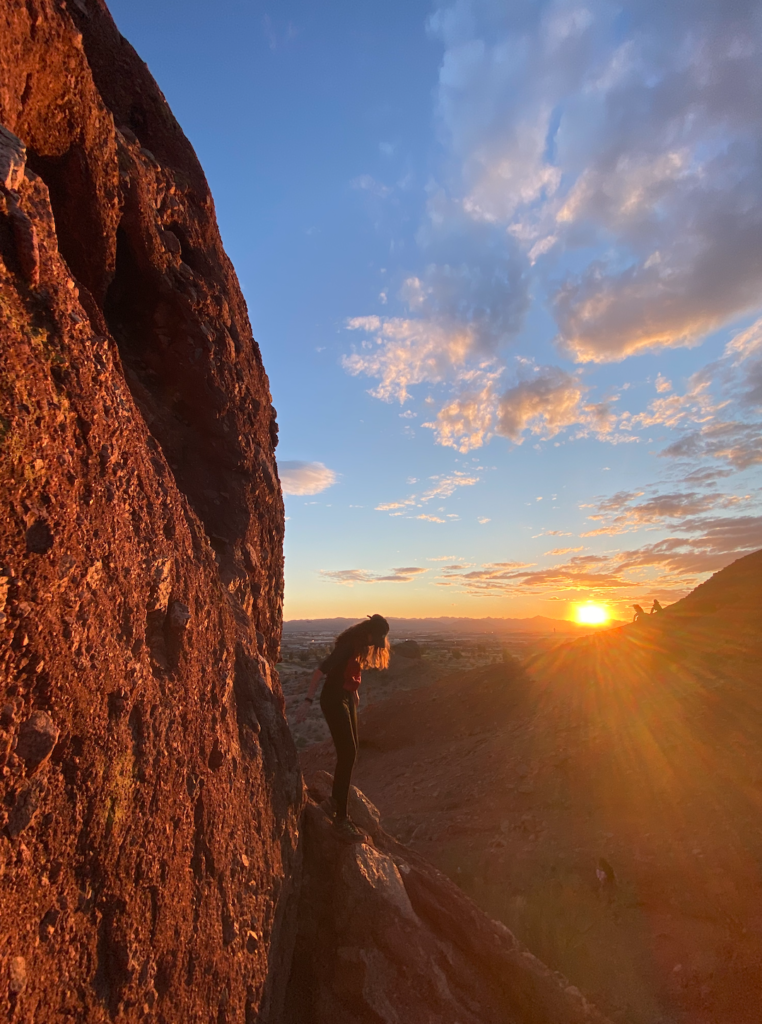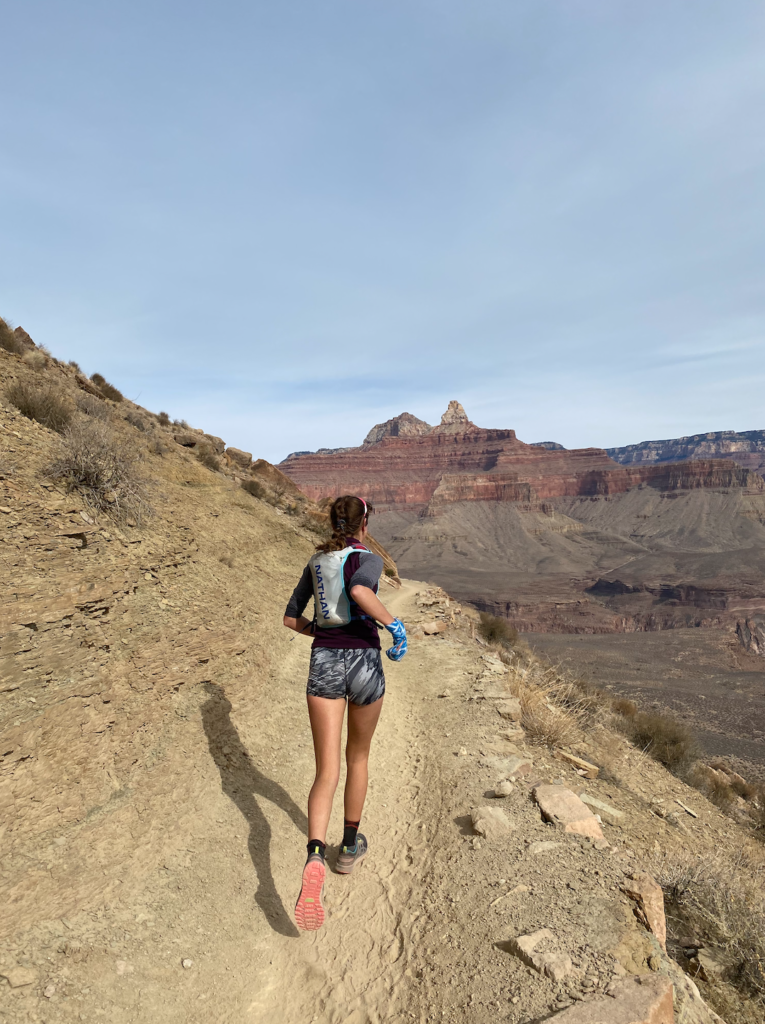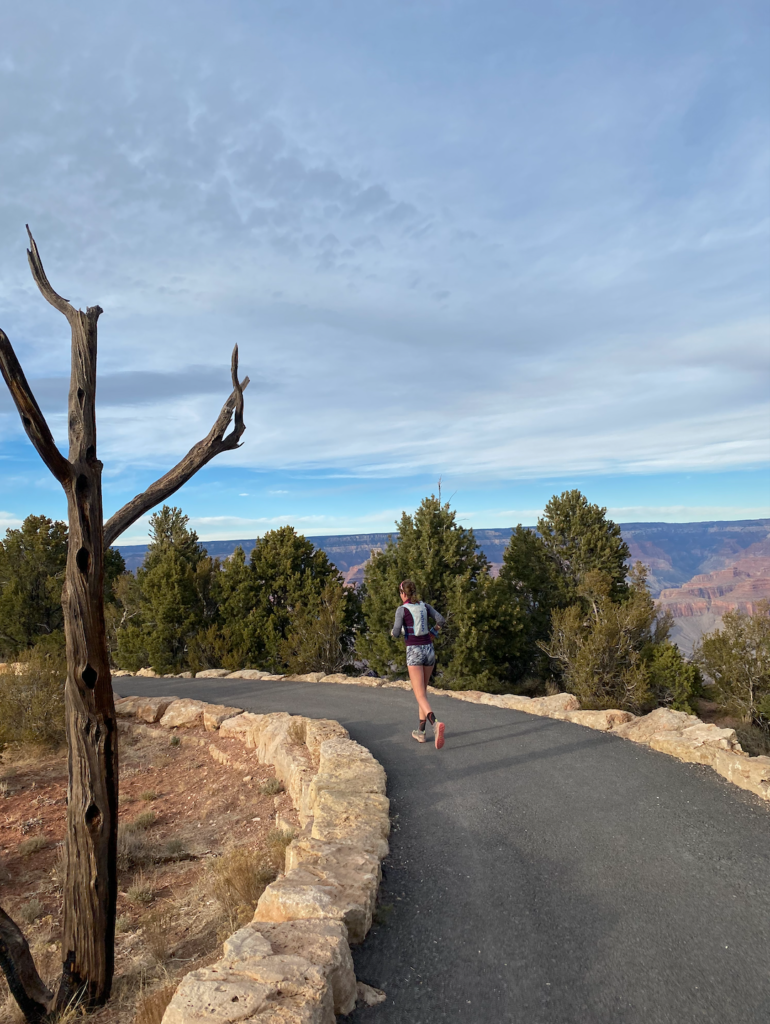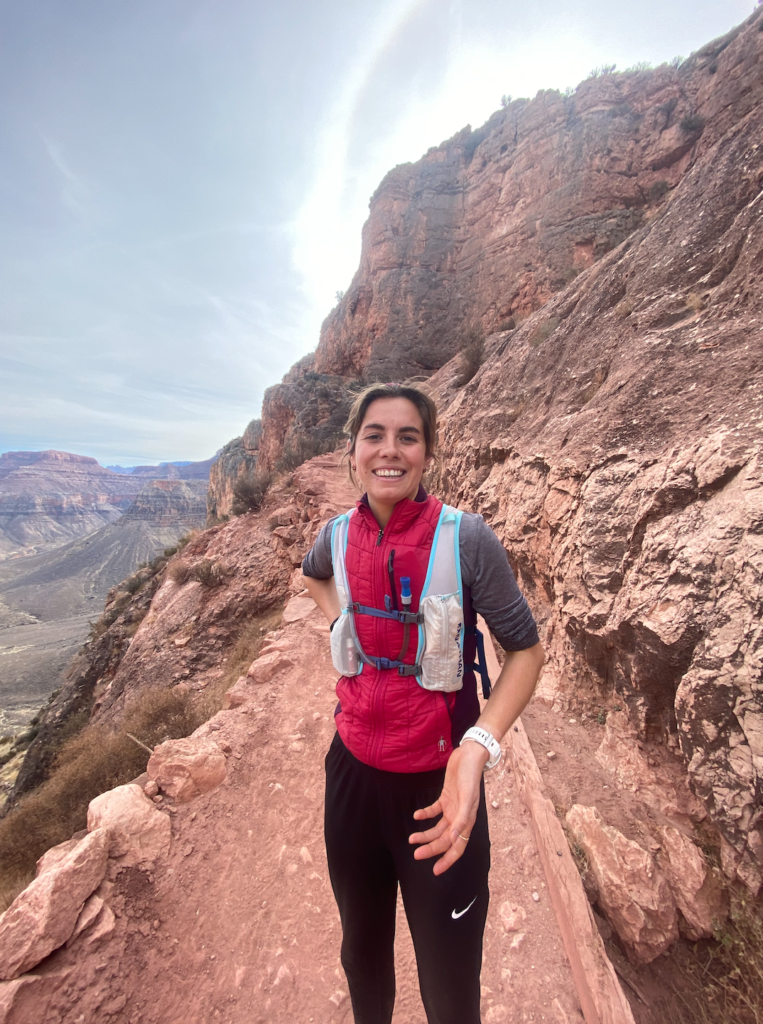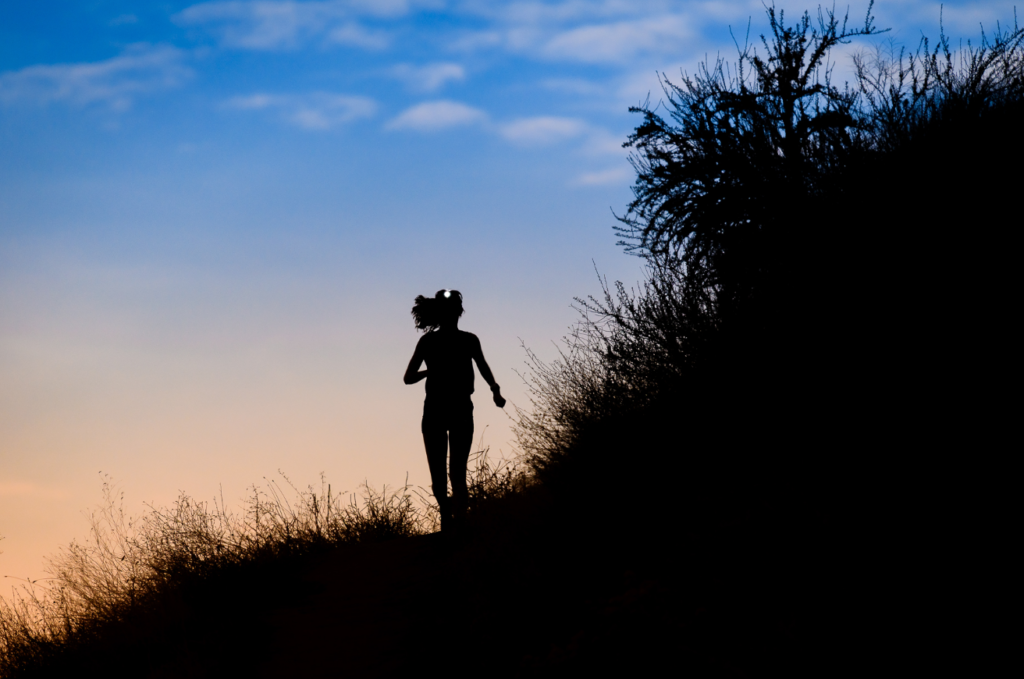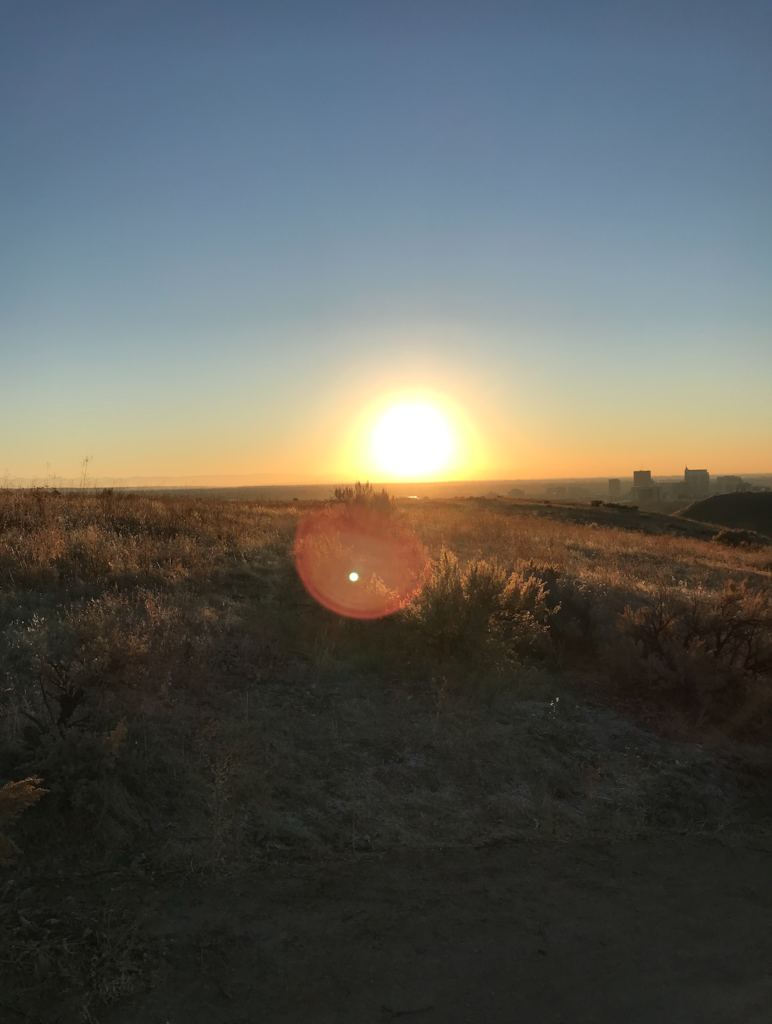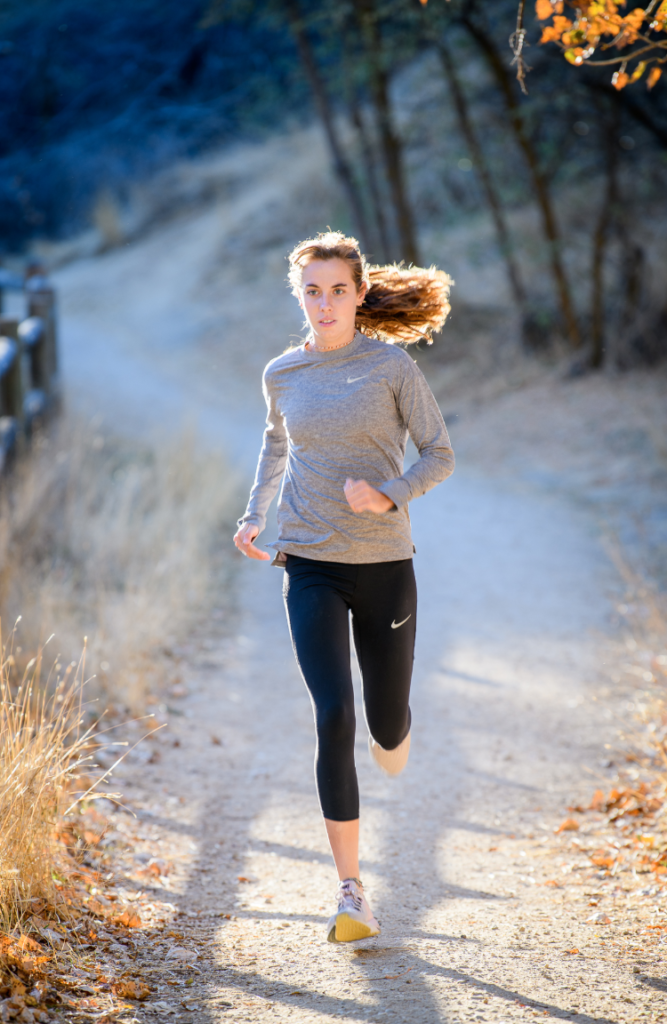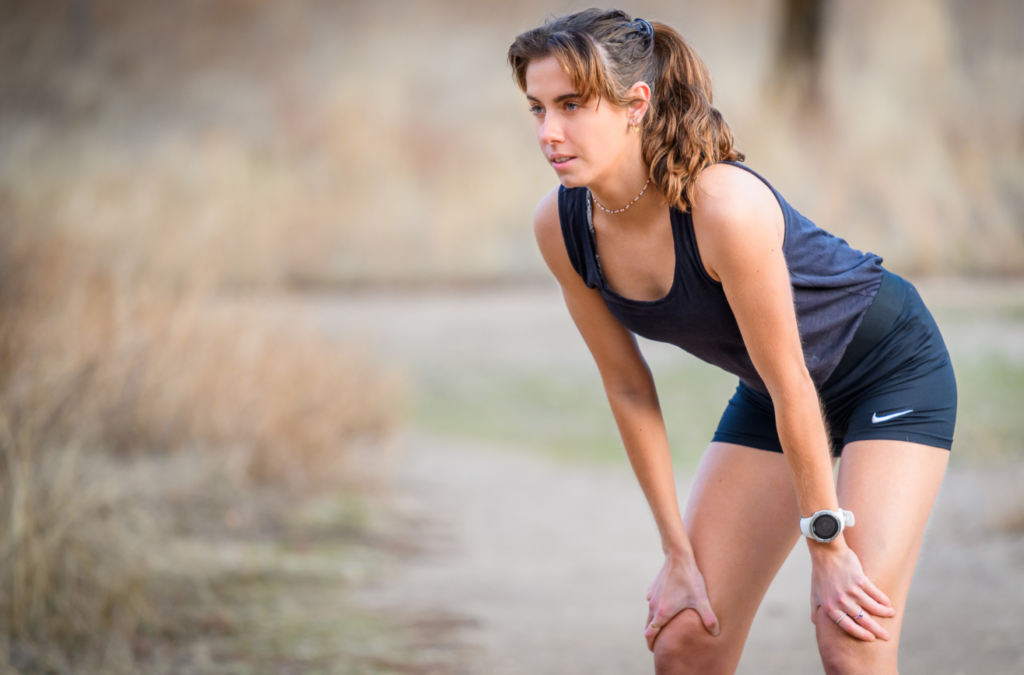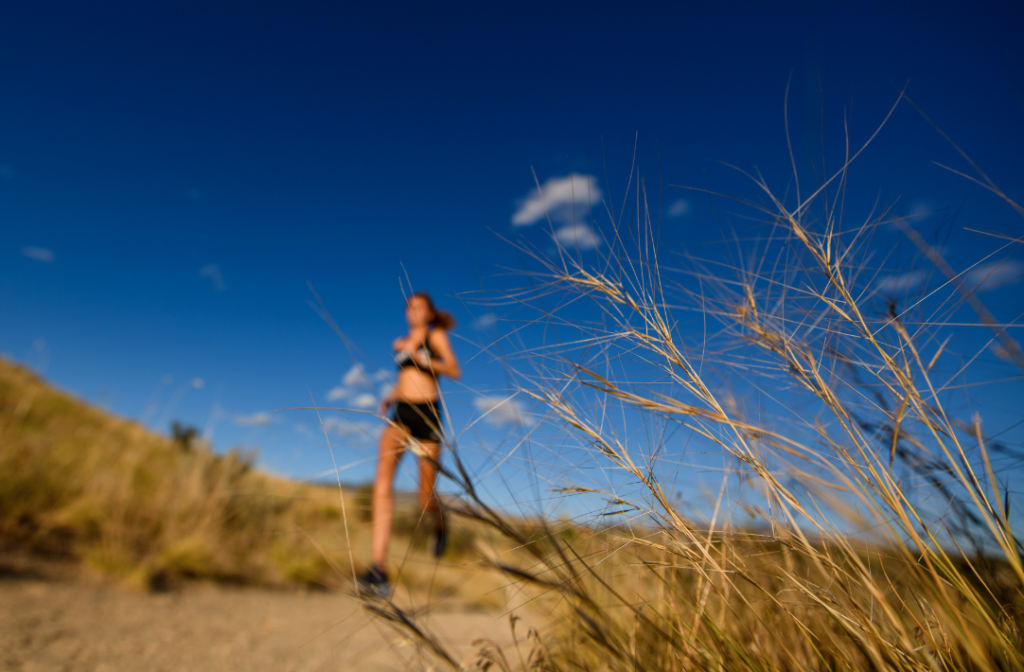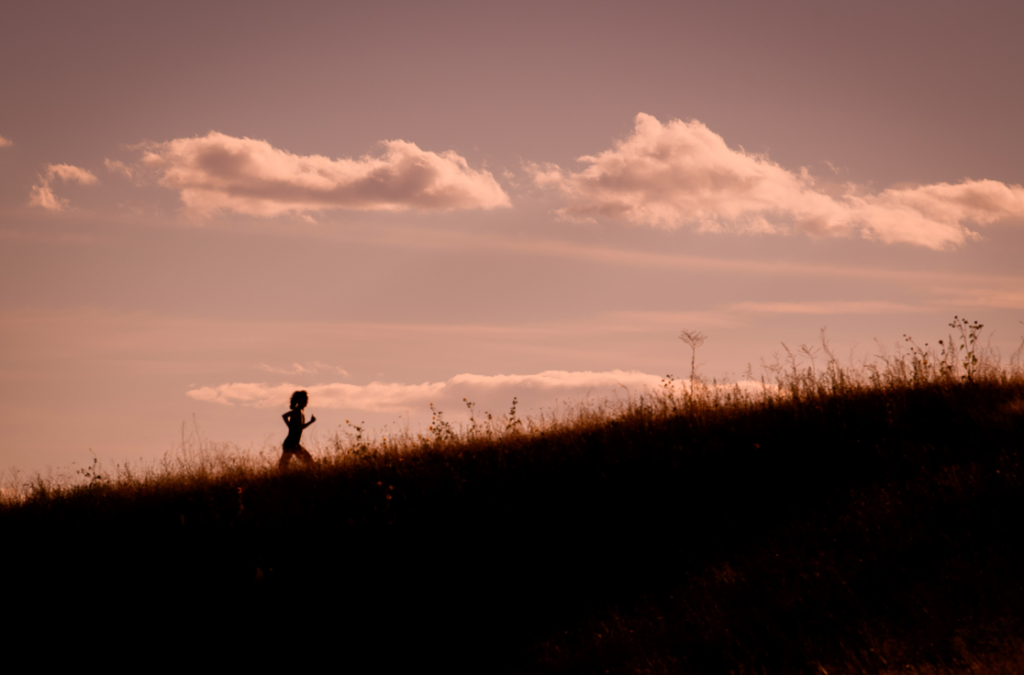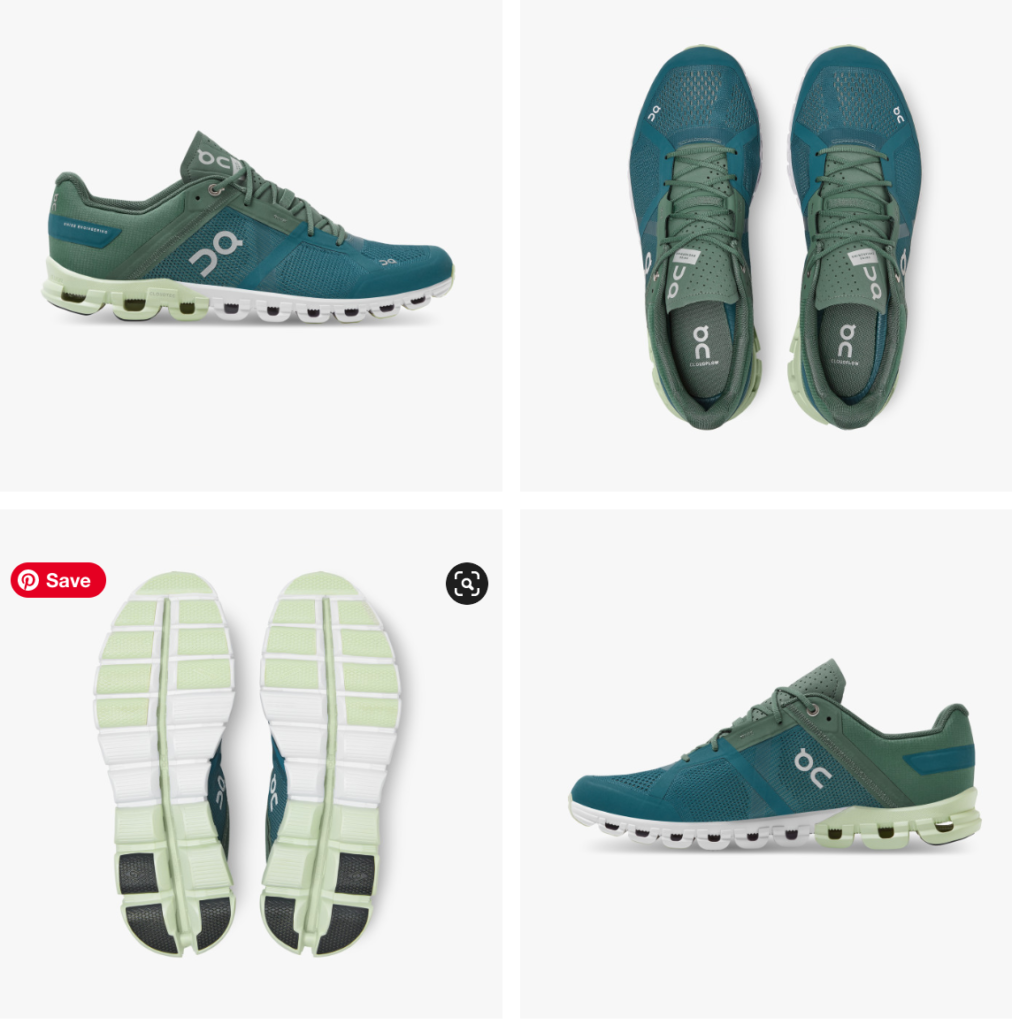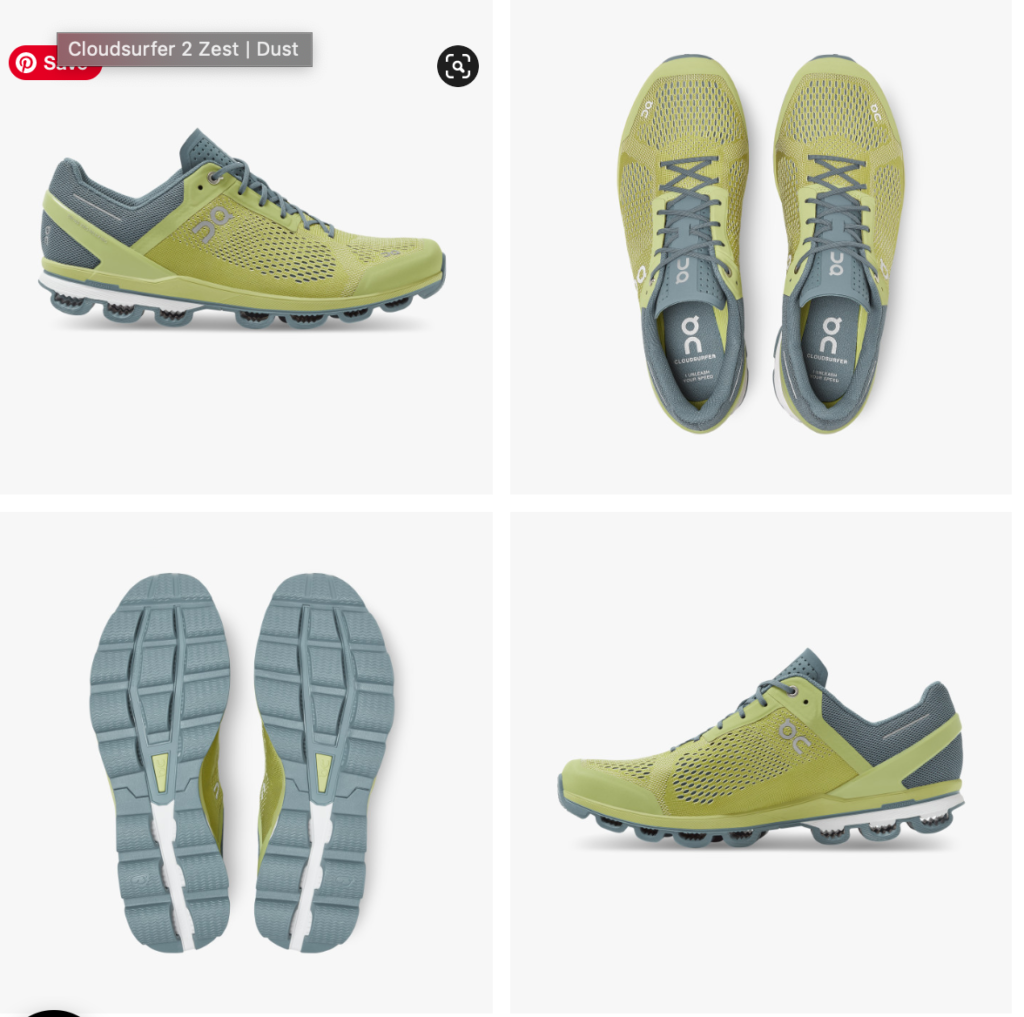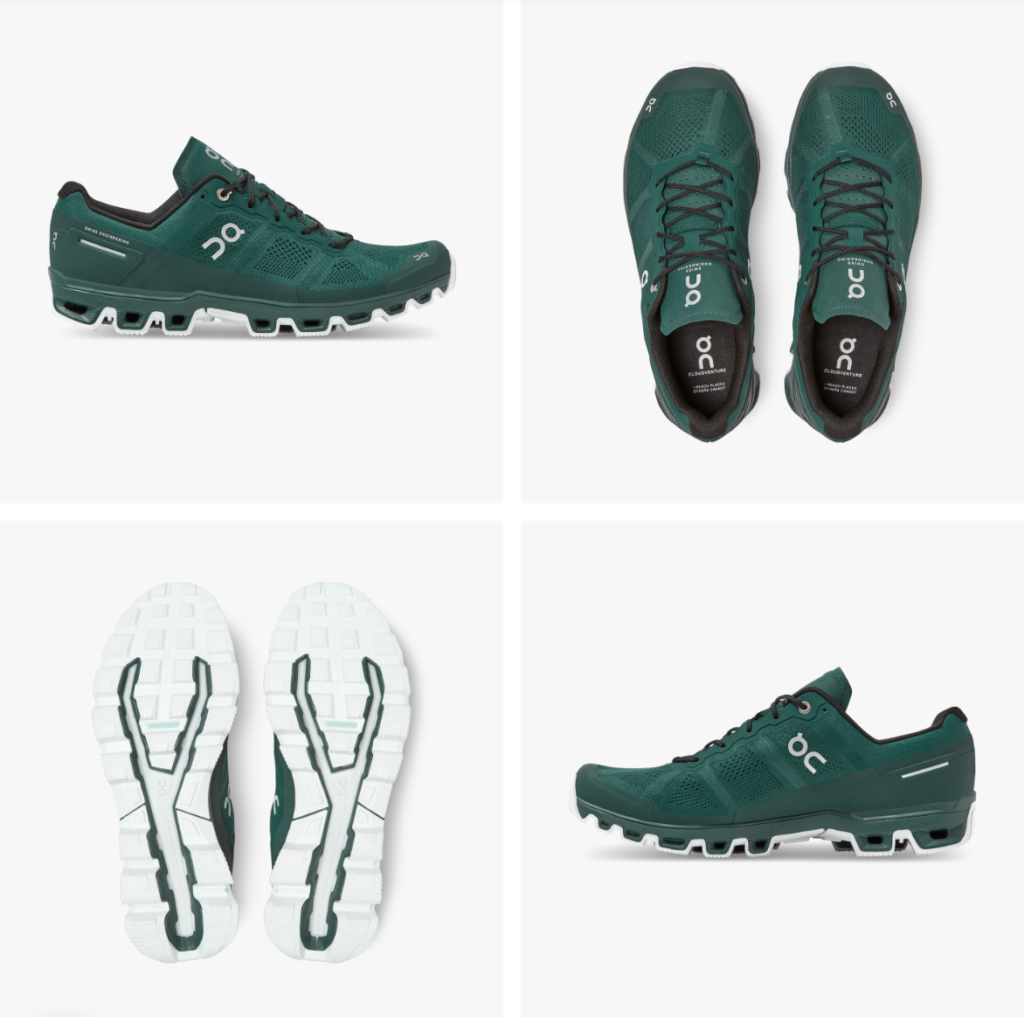Strava Update: What’s New On Strava
Photography by Pro-Image Photography
Strava Update: What’s New On Strava?
The creators are calling this Strava Update the biggest update of the year. You can now create Strava Group Challenges for free, have access to personalized Strava Segment suggestions and map feature upgrades. I recently updated my Strava Challenge or How to Create A Strava Challenge article to display the most up-to-date steps on this process now that there has been a Strava app update. Over the past year, I’ve had many athletes, clubs, and businesses reach out asking how to create a Strava challenge, and I’ve had to guide them through what used to be some tricker steps. Thanks to this update, creating a strava challenge is now extremely simple. Click the link for a step-by-step guide on how to create a strava challenge for free!
However, you do have to be a Strava Subscriber to create Strava Group Challenges. Alternatively, I discuss how to create sponsored strava challenges (paid), and strava challenges for your strava club which are entirely free.
Strava Marketing Consulting
Hire me as your Strava Consultant – I work with individuals, clubs, businesses, and start-ups. Get in touch with the form below:
Strava App Update
The Strava app update has allowed users to engage in a much more customizable manner with the digital platform than ever before. Below I’ll discuss the specifics of each individual component of the Strava app update.
Photography by Pro-Image Photography
Create Strava Group Challenges
The ability to Create Strava Group Challenges, in my personal opinion, is the best update of this launch. Here’s a breakdown of what you can and can’t do with this feature:
Creating a Strava Group Challenge: The Basics
- You can create a Strava Group Challenge for any of the 32 different sports that Strava offers. Think along the lines of run, bike, swim, hike, alpine ski, backcountry ski, canoe, nordic ski, kayaking, surfing. You name it. Amazing.
- You can control the time limit on your Strava Group Challenge. Anything from a day to a year. I tested out creating a challenge for over a year, but it auto-reverts you back to a year.
- You can invite athletes to your Strava Challenge, but they must be following you.
- The cap on athletes you can invite is 24 athletes
- Strava Group Challenges are Private Challenges. These aren’t like the sponsored challenges you can join, which are likely brand affiliated.
- You must have your activities set to public or followers only if you want the activity to count for the challenge and be ranked on the leaderboard.
- A funky feature: Strava Photos affiliated with the activity (the ones you upload) will be featured on the group challenge page. How neat!
Strava Group Challenge Categories
Photography by Pro-Image Photography
‘Most Activity’
You can choose whether you compete for total distance, time or elevation in the window of time the challenge runs for.
‘Fastest Effort’
Simple. How fast can you run or wheelchair compete over a distance of your choice.
‘Longest Single Activity’
Also simple. A competition for the most distance someone can complete in one single activity upload. You must set a minimum distance for this challenge.
Strava Group Challenges for Non-Subscribers: What can you do?
- For non-subscriber (non-premium Strava members), you can create up to 3 Strava Group Challenges for free. If you want to test the feature and create unlimited challenges, you can always sign up for your free Strava Premium trial by clicking here.
- Non-subscribers can join up to 3 Strava Group Challenges.
- Strava will encourage you to sign up to Strava Premium after reaching the 3 participation/creation limit.
Strava Club Challenges: What does it mean for your Strava Club Challenge?
Photography by Pro-Image Photography
For Strava Club Challenges, this isn’t the best option. We are capped at 24/25 athletes in total, and those athletes must be following your personal Strava account. You’d then have to personally invite them to your group challenge.
This may be user-friendly for small athletic clubs, friend challenges, or a small workplace, but isn’t the most ideal way to create a challenge for your Strava Club.
I can walk you through how to Create A Strava Club Challenge in my Create a Strava Challenge article, click here. Alternatively, contact me personally via the form below.
live post contact
Personalized Strava Segment Suggestions
Photography by Pro-Image Photography
Note: this is a mobile app feature only for now.
Every seasoned Strava user is familiar with Strava Segments, Strava Segment hunters (haha!), and achieving personal bests, crowns, and all that fun stuff.
Strava Segment Suggestions now personally recommend routes and new segments for you to run, ride, hike, ski, etc. What’s pretty neat about this new feature is the user-friendly organization of segment discovery. There are 6 categories of suggestions.
- Most popular roads near you
- New segments you haven’t tried and tested
- Break a PR/PB: Strava will show you segments where you are super close to breaking a PR!
- Climb the Strava leaderboard rankings
- Become the new Strava Local Legend
- Complete a workout incorporating new areas and/or new Strava Segments
Strava users can also filter suggested segments and routes by distance, activity type (run/bike, etc.), elevation, and surface. I personally love the surface feature, as it allows me to choose when I hit the trails or the concrete.

